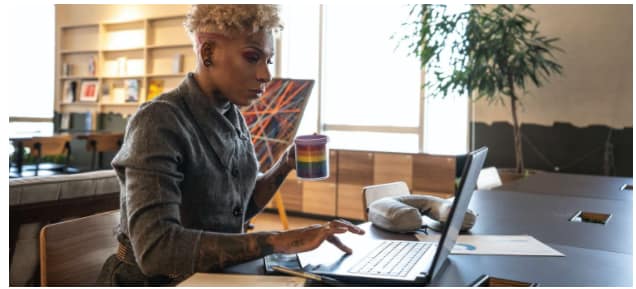Graphic design is the art and practice of creating visual content to convey messages, ideas, or information. It combines elements such as typography, images, colors, and layout to communicate effectively and aesthetically.

Among all those trades, we shall talk about Freelancing Graphic Design basics and how you can get on the road easily.
The first thing you need to take care of is that you should be focused before starting. Keep some instincts that will help you out. Do you have a flair for other IT-related fields as well? Do you solely want to pursue graphic design? Are you using graphic designing to follow another task in your career? Do you believe that you will continue to struggle hard and won’t give up till the very success touches your feet?
Addressing these questions will help you stay focused and develop a plan, which is also our next step.
When you are intending to work on the Web Design, you should know what the next step is. If you are creating a graphic banner, you should know where it will be implanted. And then, you should be aware of the next steps until the completion of the project. When you get a project, you should devise out a plan and work according to it. Working on a task in a shuffled manner will land you in lots of problems at once and you might feel it easy to give up.
Colors play a significant role in graphic design. Understanding color theory helps designers create harmonious and visually appealing compositions. Color palettes, including complementary, analogous, or monochromatic schemes, can evoke specific emotions or convey a particular message.

The next step to take care of is to be active in communication and always available for contact. A good communicating habit is a trademark asset of a freelancer. When you are talking nicely, politely, and clearly and explaining everything in a good manner, clients will love talking to you about their projects. You should be clear and should not brag about things you are not able to do.
Having good communication also relates to why you should be viable on calls, messages, chats and even on social media. You never know when a good opportunity strikes and hence, you should keep your eyes and ears open digitally.
Typography refers to the arrangement and design of typefaces or fonts. It involves selecting appropriate fonts, sizes, and spacing to enhance readability and convey the desired tone or mood. Understanding typography principles such as hierarchy, contrast, and alignment is crucial for effective graphic design.
The arrangement and organization of visual elements on a page or screen is known as layout and composition. A well-designed layout ensures clear information hierarchy, balanced proportions, and an intuitive flow. Techniques like grids, alignment, and whitespace are used to create visually pleasing and functional designs.
These are some of the fundamental aspects of graphic design. As with any creative field, the principles of graphic design can be explored and expanded upon to create unique and impactful visual experiences.


